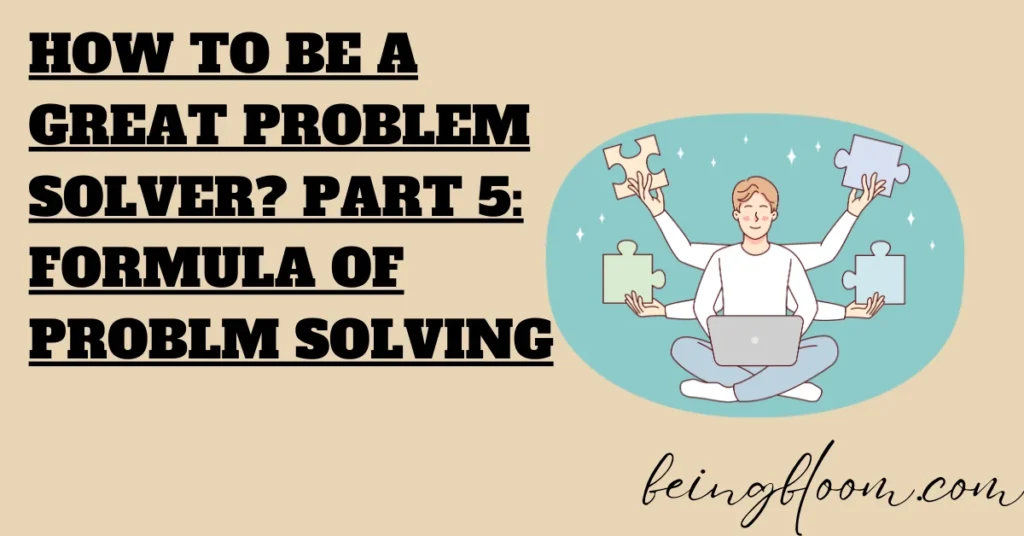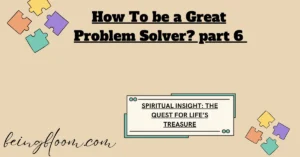
Step 4: Evaluate and Choose – Pick Your Winning Strategy
Hey there, problem solvers! We are now diving into the exciting phase of figuring out what works best. Imagine this step is like being on a fun reality show, but instead of winning cash, you’re trying to solve a tricky problem. Get ready to make smart choices!
1. List Your Solutions
Write down all the ideas you have for solving the problem and see how each one works. Each option has its unique strengths. Your task is to look at what makes each one special—just like how Tesla would study his inventions. Remember that?
2. Decide on Your Criteria
Before making a decision, think about what is most important to you. Is it how much it costs? How long it takes? How well it works? These are the important rules you’ll follow.
3. Make a Pros and Cons List
For every solution, jot down what’s good and what’s bad. These notes are like your scoreboard for the game. If Solution A shines in effectiveness but struggles with practical use, while Solution B is the opposite, you’ll need to figure out what matters more. It’s like deciding between a daring move or a safe choice.
4. Visualize the Outcomes
Picture what will happen with each solution once you start using it. Solution A might be a bold and risky move. Will it lead to a big win or a major flop? On the other hand, Solution B could be a steady and reliable choice—steady, trustworthy, but not very exciting.
5. Seek Outside Opinions
Even the smartest problem-solvers sometimes need extra help. Talk to people you trust, like coworkers, friends, or mentors. They can provide new ideas and help you catch things you might miss.
6. Test It Out
Whenever you can, try out a small version of your best solutions. Think of it like a practice run before the big show. A trial can help you spot any surprises and fine-tune your plan. It’s a way to practice without feeling stressed.
7. Make the Choice
Now is the important time to pick one. Choose the solution that fits your guidelines and seems most likely to succeed. It’s just like picking the top player who will help your team win.
8. Celebrate and Refine
Once you’ve made your choice, take a moment to celebrate! You’ve picked a strategy. But don’t forget—the process isn’t finished yet. Stay flexible and be ready to adjust as you go. Even skilled players change their strategies during a game.
By evaluating and choosing wisely, you make problem-solving an exciting journey. Every part becomes a fun game where you are the star. So enjoy it, let your creativity shine, and relish in the joy of solving problems!
Step 5: Implementation and Adjustment
The moment has arrived! You’ve figured out what your issue is, thought about it creatively, and picked the best plan. Now you have a clear understanding. You know exactly what you need to do. Just like a cook completes a dish while cooking, in this part, you need to “prepare” the solutions you’ve collected to find the perfect answer. Why? To deliver a satisfying solution to your issue. Let’s break down this step into smaller and easy parts.
1. Collect Your Resources:
Before you start, gather all your resources. Make sure you have all the tools, materials, and supports you’ll need. For instance, if it’s a work project, you need to gather your team, organize the workspace, and collect the necessary materials. Just as a cook needs the right ingredients, you need the right people and resources too.
2. Take Action with Assurance:
Now it’s time to put your plan into action. Follow through with what you’ve laid out. For example, if you’re releasing a new product, begin your marketing efforts or set up the production line. This is where everything comes together. Just like cooking requires heat, stirring, and tasting, putting your plan into action needs your full involvement, watching it closely, and making changes as necessary.
3. Test and Modify:
This is where it gets exciting. While you’re putting your plan into action, “test” how things are going. Is something missing? Maybe your marketing isn’t getting the reaction you wanted, or your new system isn’t working well. Make adjustments as needed. Just like a cook adjusts a recipe, you should tweak your strategy.
4. Seek Opinions:
Get feedback, ask for opinions, and be open to suggestions. Your team members, customers, or trusted advisors can offer great advice. It’s like having a friend try your meal. They might suggest little changes that improve your solution even more.
“You’ve mastered the formula — but what if the real treasure lies beyond logic? Discover it in Part 6: Spiritual Insight – The Quest for Life’s Treasure .”
“Want to dive deeper into structured problem-solving methods? Check out Purdue University’s guide on problem-solving techniques in business”







